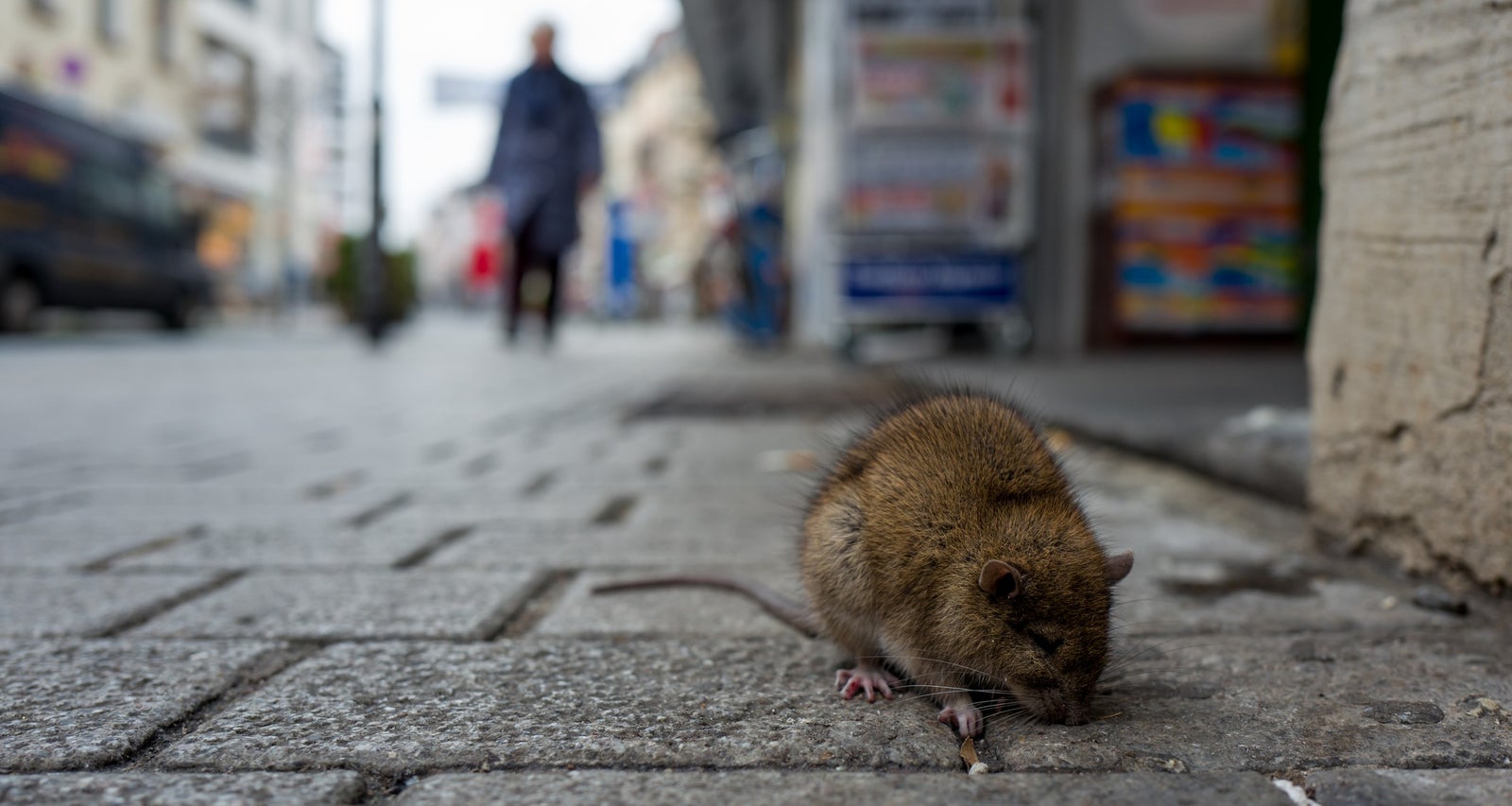By: Kim Kelley-Tunis, ACE, BCE, PCQI, Technical Manager, Terminix Commercial
You have heard it a million times: we are in unprecedented times. The emergence of COVID-19 has forced all of us to change our behaviors in how we live our lives. Whether it is adjusting to social distancing, relocating our office to the dining room table, or helping our children through the trials and tribulations of virtual classrooms, we have all had to adapt. The same is true for the various animal and insect pests that are frequent inhabitants of our environment. The presence of COVID-19 has shown how very interdependent all creatures living within this environment are. As we traverse through this uncharted environment, we must determine how our world has changed and how to adapt. Identifying how COVID-19 has impacted the animals and pests that we commonly interact with is an important step in creating a plan for controlling them in this new environment.
The Impact on Rodent Populations
We have known for years that there are many creatures which are dependent upon humans for their very survival. In fact, house mice are often referred to as commensal rodents. The term commensal often refers to a species of organisms that obtains necessary food and shelter from a host organism. As such, over time the house mouse and other rodents have developed behaviors allowing them not only to survive, but flourish in the presence of humans. However, social distancing and other restrictions have shown to have a greater impact on the rodent population than was ever expected. In the absence of humans and the trash they leave behind, rodents have been forced to search more aggressively for available food. Rodent populations in larger urban areas have become more aggressive and mobile in search of resources, even resorting to cannibalism of weaker animals for food. Rodent populations in suburban areas have seen an increase, often capitalizing on the abundance of food scraps that now accumulate in the neighborhood streets.
The Impact on Urban Wildlife
We have also seen a change in the urban wildlife population. Many animals, often considered elusive pre-pandemic, have begun to take advantage of the absence of their most feared predator, man. They too, have modified their behaviors to capitalize on this new-found freedom. Many have modified the size of their normal home-ranges, increasing their territories in search of both food and suitable mates. Like their rodent counterparts, some birds have also modified their diet in response to the lack of human-provided food. This adaptation has resulted in the presence of certain species of birds in areas not normally frequented before COVID-19.
The Impact on Insect Populations
Not to be outdone, many common insect pests we frequently encounter have also begun to adapt and modify their behaviors. As a result of business closures, cockroach and fly populations have been able to grow and thrive undisturbed. The abundance of food, even the tiniest of food remnants, a darkened room, warmer temperatures and a moisture source have created the ideal habitat for these common structural pests. In addition, with the absence of any real predator or disturbance, they have been able to utilize freely the existing infrastructure for free movement from building to building and to expand their territory.
What Happens Next?
As we begin to reopen, many people have taken note of these behavioral changes in the pest populations and have begun to ask questions regarding their regular pest management services. What happens when, and if we return to “normal”, when we go back to work or reopen our businesses? Will everything return to how it was before the emergence of COVID-19? Unfortunately, no one really has an answer for that. What we do know, from a pest management perspective, is that as we continue to navigate through this new environment, the process of Integrated Pest Management (IPM) still applies and has not changed.
IPM is a process that factors in any environmental changes that impact the pests that interact with our environment. It emphasizes the importance of a thorough inspection prior to the implementation of any control methods. Therefore, any changes in behaviors, regardless of the impact of COVID-19, will be identified prior to the implementation of any control methods. For example, a restaurant that has been closed for two months may have cockroaches present in areas that had never seen activity prior to COVID-19. This process helps ensure we are meeting the needs of our customers regardless of what is happening within the world.
Kim Kelley-Tunis, ACE, BCE, PCQI, joined the Terminix Commercial team last year as the Technical Manager. She brings over 30 years of industry experience to our team. Kim plays a pivotal role in the development and implementation of our service offerings and training programs.

